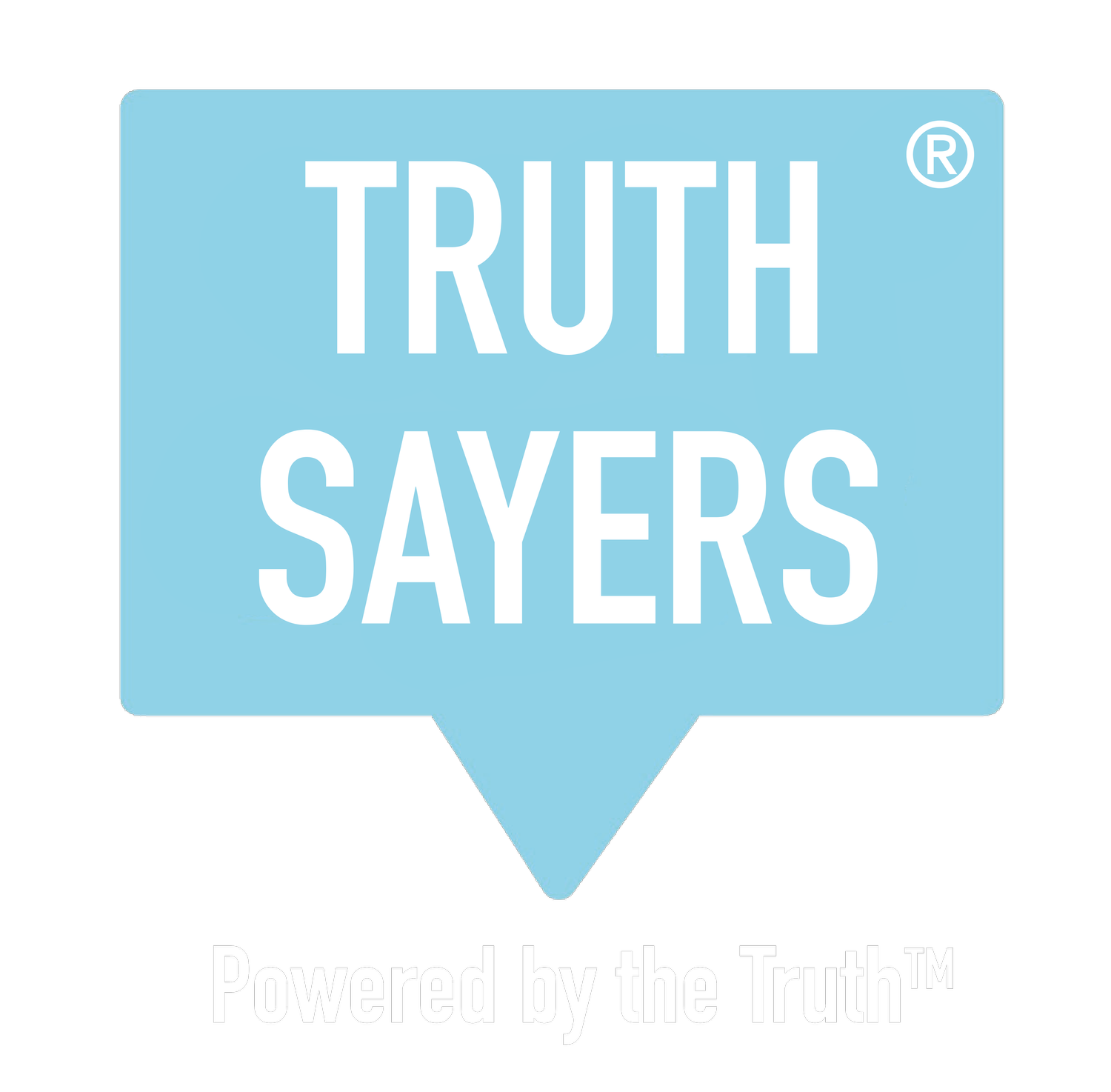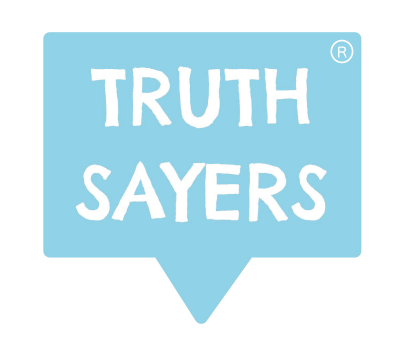A More Accurate way of Measuring Brand Loyalty
Brand loyalty is arguably one of the most important factors in determining the success of a product or service. A brand won't last long without it. For marketers, it is essential to understand how customers feel about a brand in order to develop effective marketing strategies that will increase customer loyalty.
Traditionally, marketers have used 'explicit' methods such as surveys, questionnaires and expensive focus-groups to measure customer loyalty, but as I'll explain, these methods can be flawed and can lead to biased results.
Explicit methods are based on asking customers questions about their beliefs and feelings towards a brand. This type of method is often used by marketers to measure levels of customer satisfaction, loyalty or commitment towards a particular brand. While explicit methods are advantageous because they provide quantitative data which can be analysed easily, there are several issues associated with them which reduce their reliability.
Firstly, there is the issue of confirmation bias; this is when people tend to answer questions in line with their existing beliefs rather than providing an honest opinion which would not be in line with what they already believe. In other words, people may provide answers that confirm their existing beliefs regardless of whether or not it accurately reflects reality, for example, buying the same product you've always bought, even though the option presented is clearly better. We all do this, every day.
Another issue with explicit methods is that customers might not always remember all the details about why they like or dislike a particular product/brand so they may give inaccurate answers due to poor recall; this could lead researchers to obtain incorrect data if they rely solely on explicit measures for measuring customer loyalty. Furthermore, some people may feel uncomfortable answering certain types of questions due to social desirability bias (IMHO, the psychology behind wokeness) which means they are likely not going to provide honest responses, even if asked directly.
Another factor that needs to be considered, is that the reason we choose a brand or product over another may come down to something intangible - a feeling, an emotion it triggers. This is particularly seen in products like perfumes, chocolate - even music. These intangible factors are very hard to verbalise - and even to recognise in ourselves - because these kind of gut responses happen at a nonconscious level, which is where our unconscious biases reside. How many times have you found yourself saying, "I don't know why I like it, I just do".
Consumer research organisation Sensory Dimensions utilise implicit and explicit research methods to enable clients to understand the real drivers that influence consumer behaviour. Lauren Henry, Associate Director at Sensory Dimensions explained more about this on Truthsayers Neurocast podcast episode Understanding the Non-Conscious Mind:
"Emotion ... when it becomes a conscious thing that you're trying to describe, not only is it difficult to express emotion, but by analysing it, it switches you into a different frame of mind and actually, that in itself can change the way you're feeling. Implicit is particularly useful for accessing things that are happening on a less conscious level."
In recent years 'implicit' measures have become increasingly popular among researchers largely due to limitations associated with traditional explicit measures, such as those mentioned above; implicit responses invoke automatic processes based on associations held in memory that do not rely on conscious awareness, therefore being less prone to errors caused by biases (Nevid 2010).
A particularly useful type of implicit method for measuring brand loyalty is the Implicit Reaction Time (IRT) test; this involves presenting participants with stimuli related to different brands and then measuring how quickly participants respond when asked questions related specifically to each stimulus (Dimofte 2010). For example, if presented with an image related to Brand X and then asked to complete an instruction about their love of Brand X, the participant’s reaction time could indicate how loyal they feel towards that particular brand without requiring conscious responses from them. This method has been found more reliable than traditional explicit measures because it avoids potential errors caused by memory problems or confirmation bias since participants do not need any recollection of past experiences when responding. IRTs have been successfully applied to measuring brand loyalty in automotive, FMCG and food/drink industries.
Traditional explicit measures have long been relied upon for researching customer attitudes towards brands and products, but researchers should take care when using explicit approaches alone as primary measurements for assessing customer attitudes as these methods struggle to access the whole truth. Complementing explicit with newer implicit techniques, such as Implicit Reaction Time tests provide far more reliable results, without risk of cognitive biases affecting results (Dimofte 2010).
How Can You Start Using Implicit Methods?
We have a turn-key, cost-effective platform that makes it easy to use implicit and explicit methods side-by-side. Our IRT-based Neurotech® platform is being used by many of the world's largest organisations to do just that, applying it to brand loyalty, brand values, engagement, risk management, social responsibility and many more challenges faced by the organisations today. So the answer is simple: message me and I will tell you how.
References
Dimofte, C.V. (2010), Implicit measures of consumer cognition: A review. Psychology & Marketing, 27: 921-937. https://doi.org/10.1002/mar.20366
Nevid, J.S. (2010), Introduction to the special issue: Implicit measures of consumer response—the search for the Holy Grail of marketing research. Psychology & Marketing, 27: 913-920. https://doi.org/10.1002/mar.20365
Truthsayers®️ Neurocast™️ podcast, Season 9, Episode 1, Understanding the Non-conscious Mind, March 2021


